The pain of waking up to meet your once robust plants half-eaten by deer is unexplainable.
Many suburban gardeners expend so much energy and resources trying to ward off this irritant. In contrast, others would instead go for deer-resistant plants to save themselves the trouble.
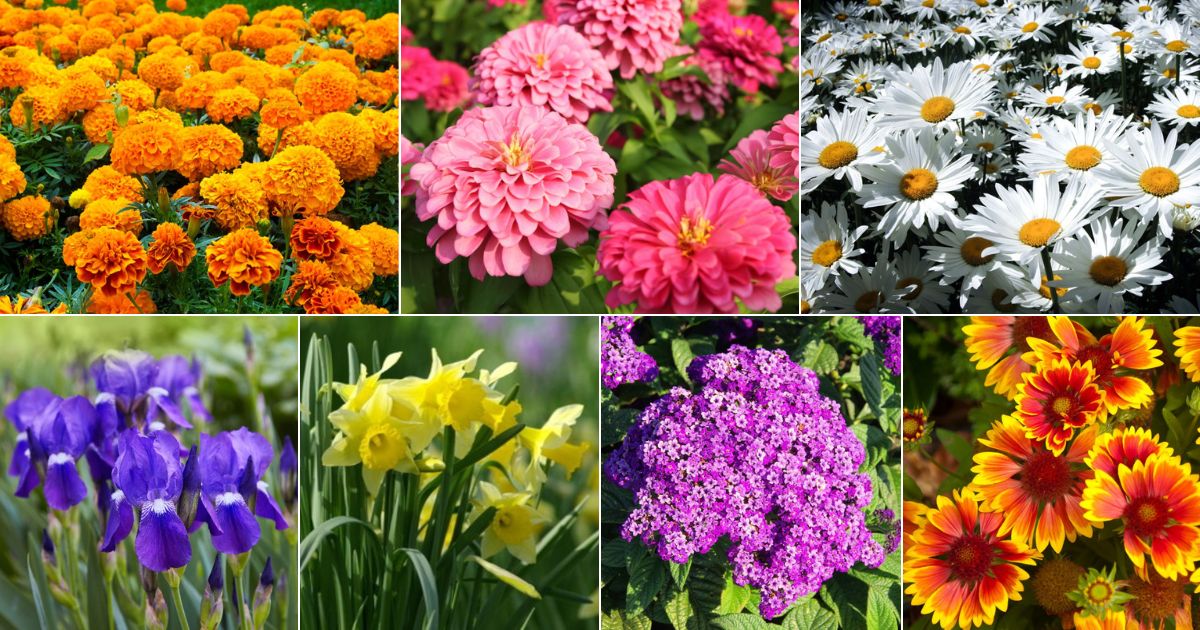
You are in luck if you fall into the latter category, as we will outline for you some plants that deer detest and will never munch on that you can plant.
The key point in identifying these deer-resistant flowers is their texture which is likely to be rough, or their toxicity trait.
Below are some of the most common flowers deer do not like and never eats!
Jump to:
- Flowers Deer Do Not Like and Never Eats
- 1. Coreopsis ‘Coreopsis’
- 2. Lungwort ‘Pulmonaria officinalis’
- 3. Bleeding Heart ‘Lamprocapnos spectabilis’
- 4. Vinca ‘Cartharanthus’
- 5. Liatris ‘Liatris spicata’
- 6. Lily of the Valley ‘Convallaria majalis’
- 7. Sunflower ‘Helianthus annual’
- 8. Zinnia ‘Zinnia elegans’
- 9. Rose of Sharon ‘Hibiscus syriacus’
- 10. Snapdragon ‘Antirrhinum’
- 11. Bearded Iris ‘Iris germanica’
- 12. Peonies ‘Paeonia officinalis’
- 13. Marigold ‘Tagetes spp.’
- 14. Shasta Daisy ‘Leucanthemum x superbum’
- 15. Coneflower ‘Enchinacea purpurea’
- 16. Corydalis
- 17. Daffodil ‘Narcissus’
- 18. Lavender ‘Lavandula’
- 19. Poppy ‘Papaver rhoeas L.’
- 20. Winter Aconite ‘Eranthus hyemalis’
- 21. Butterfly Bush ‘Buddleia davidii’
- 22. Astilbe ‘Astilbe spp.’
- 23. Heliotrope ‘Heliotropium’
- 24. Bee Balm ‘Monarda spp.’
- 25. Monkshood ‘Aconitus napellus’
- Conclusion
Flowers Deer Do Not Like and Never Eats
1. Coreopsis ‘Coreopsis’
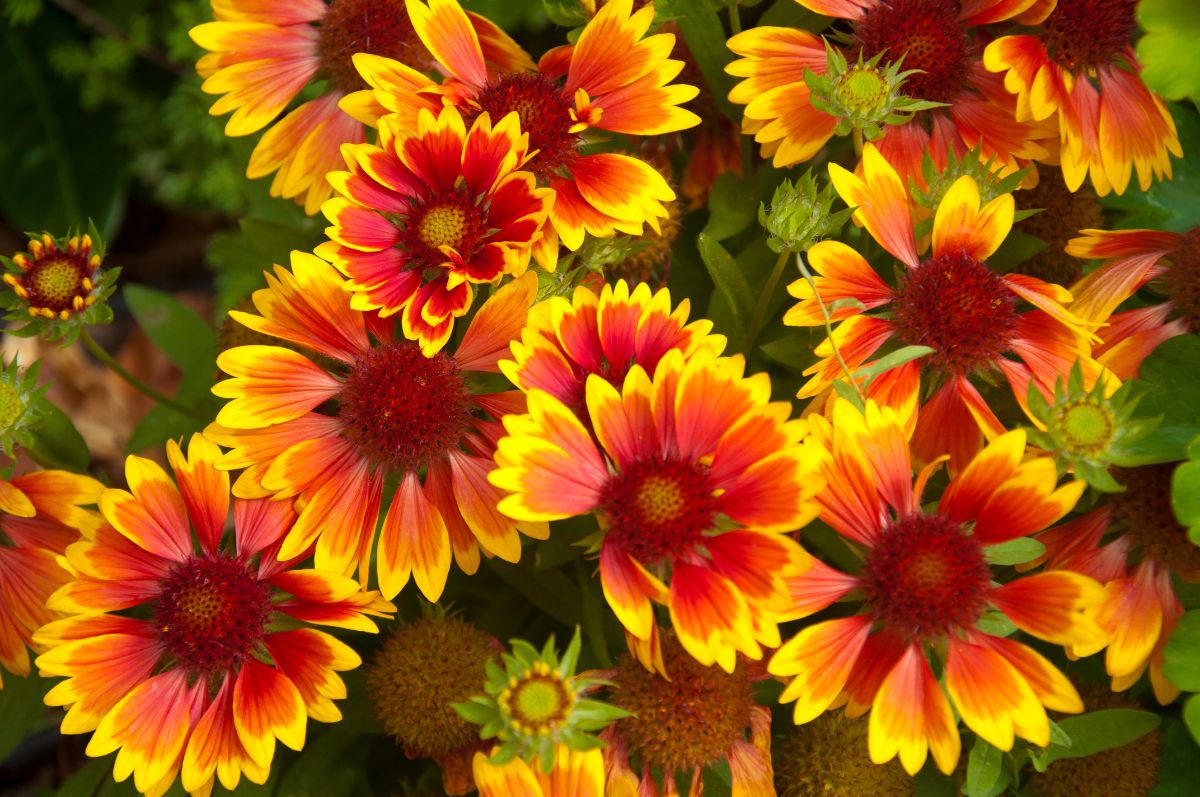
USDA Growing Zones: 4 - 9
There are so many advantages of planting the Coreopsis. Apart from the fact that they are one of the least plants deer are likely to nibble on, they are low-maintenance plants that require minimal attention.
They do not crave to be fed; therefore, they need no fertilizer application and are drought tolerant.
Coreopsis is available in pink, yellow, red, and orange. They prefer to be grown in sandy soil that drains well under full sun to part shade exposure.
Quick Tip: You promote the production of more flowers in summer when your deadhead spent blooms.
2. Lungwort ‘Pulmonaria officinalis’
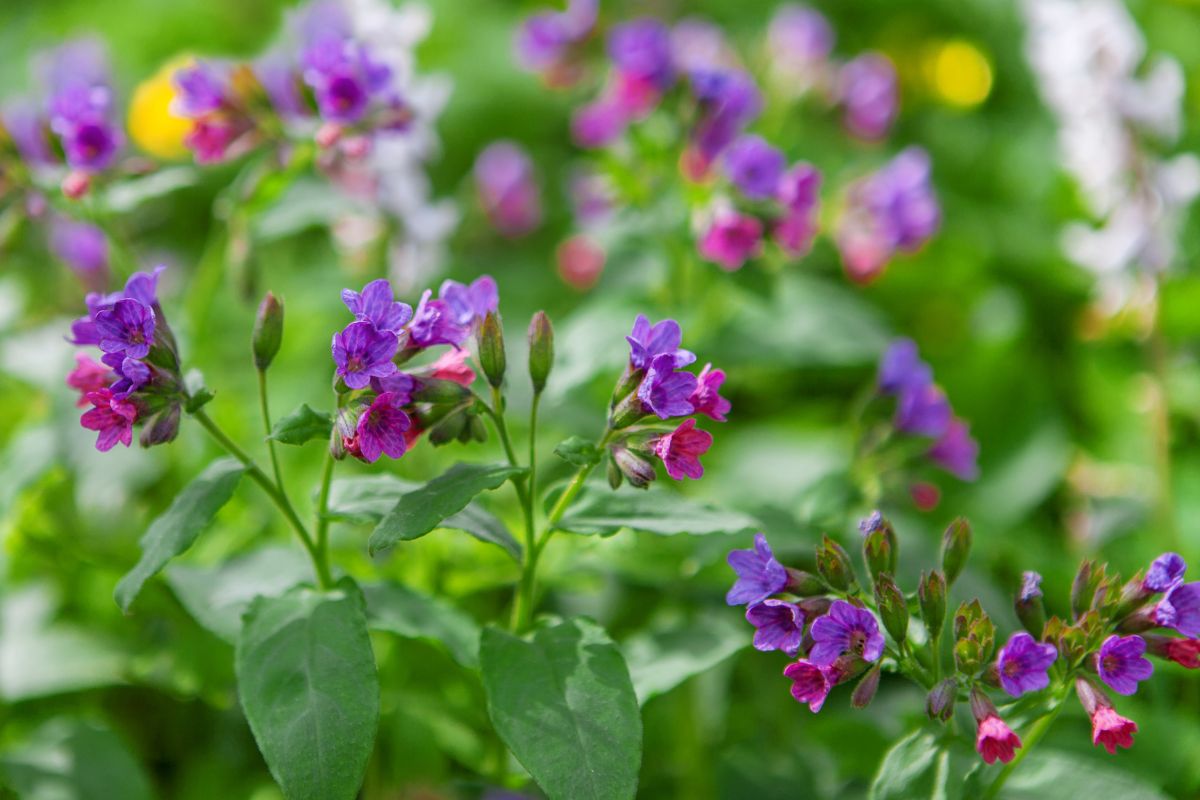
USDA Growing Zones: 4 - 8
Lungworts are shade-loving plants. They thrive beautifully well even in the dense shades, and the amazing fact about them is that they hardly ever get affected by the juglone toxicity other shade-loving plants suffer from.
This plant with freckled foliage repels deer highly. A known plant variant called ‘Raspberry Splash’ is also resistant to diseases like powdery mildew.
Lungwort is an early spring bloomer. You can get them in pink, white, and bright blue. They thrive best in rich, moist, and well-drained soil and a site where they can enjoy part shade to full shade.
3. Bleeding Heart ‘Lamprocapnos spectabilis’
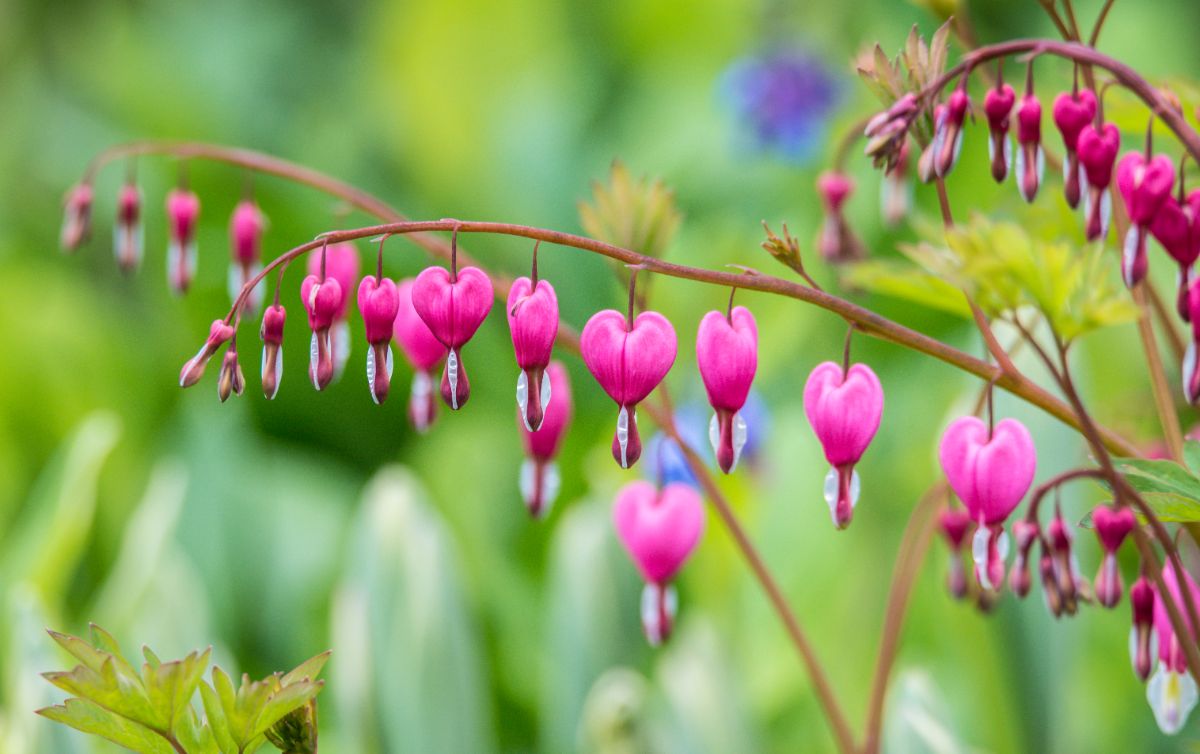
USDA Growing Zones: 2 - 9
The irony about this plant is that it looks palatable enough for a deer to like with its attractive foliage and beautiful heart-shaped flowers in bright colors of red, white, and pink, swinging very temptingly from arched stems.
Thankfully, they are resistant to deer and rabbits, and other irritants.
Like most shade-loving plants, they do not appreciate the sun and might shrink if exposed to too much. Bleeding hearts require rich and moist soil to grow well and shade to part shade exposure. Bloom time? Spring.
4. Vinca ‘Cartharanthus’
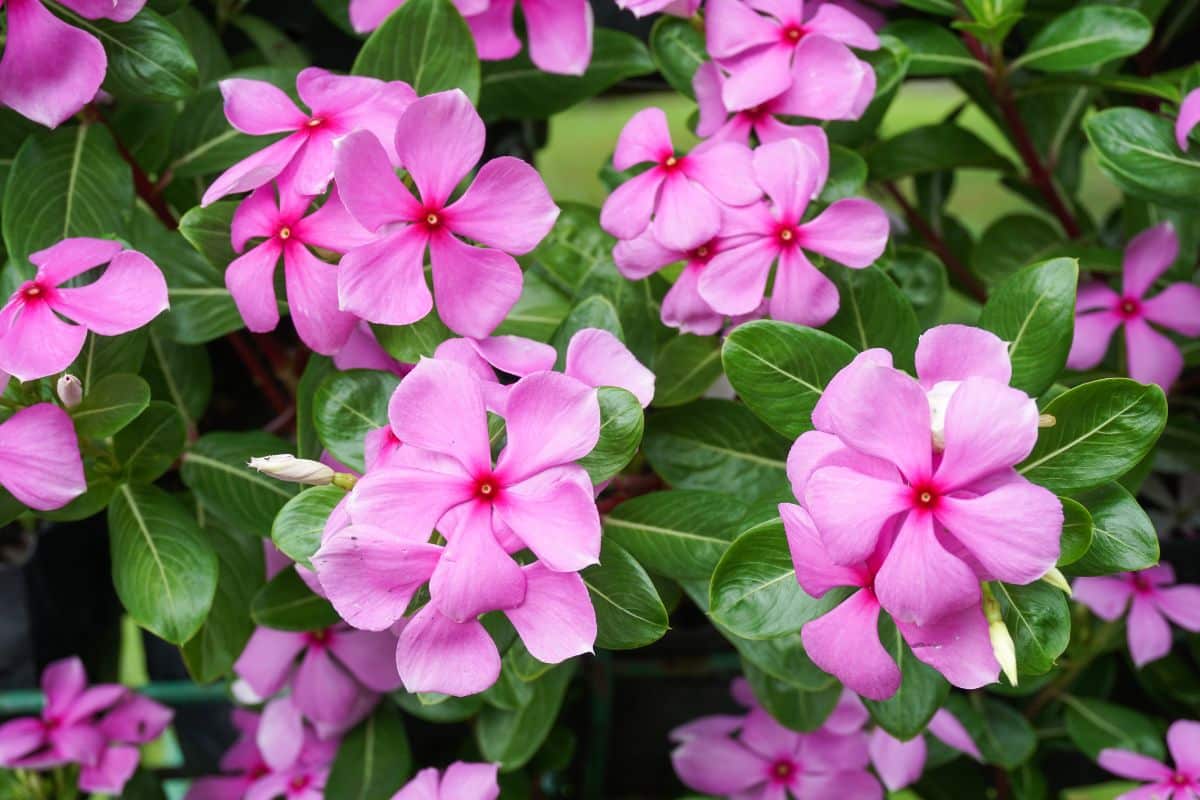
USDA Growing Zones: 4 - 9
With a pleasant name like that, it is customary to expect them to be friendly-looking enough to be munched on, but that is not the case.
This annual multitasking flower intensely repels deer and rabbits; they are equally drought-tolerant and do not need to be deadheaded.
Vincas are pretty versatile, too; they can be grown in containers, developed as a houseplant, and even make excellent bedding plants. They can be found in colors of red, white, purple, and diverse shades of pink, lavender, and peach.
The plant thrives best in medium, well-drained soil under total sun/partial sun exposure. Bloom time? Late Spring till frost.
5. Liatris ‘Liatris spicata’

USDA Growing Zones: 3 - 9
Let’s shift our focus to this native U.S. perennial plant.
Liatris plants attract bees and birds and other beneficial pollinating agents but repel deer.
This sun-loving herbaceous plant provides quite a visual delight too. They spot tiny star-shaped blossoms at the tip of their long spikes.
You can get them in bright colors of white, purple and pink.
For best results, plant these wildflowers in well-drained but moist soil and a place to enjoy total sun exposure.
6. Lily of the Valley ‘Convallaria majalis’
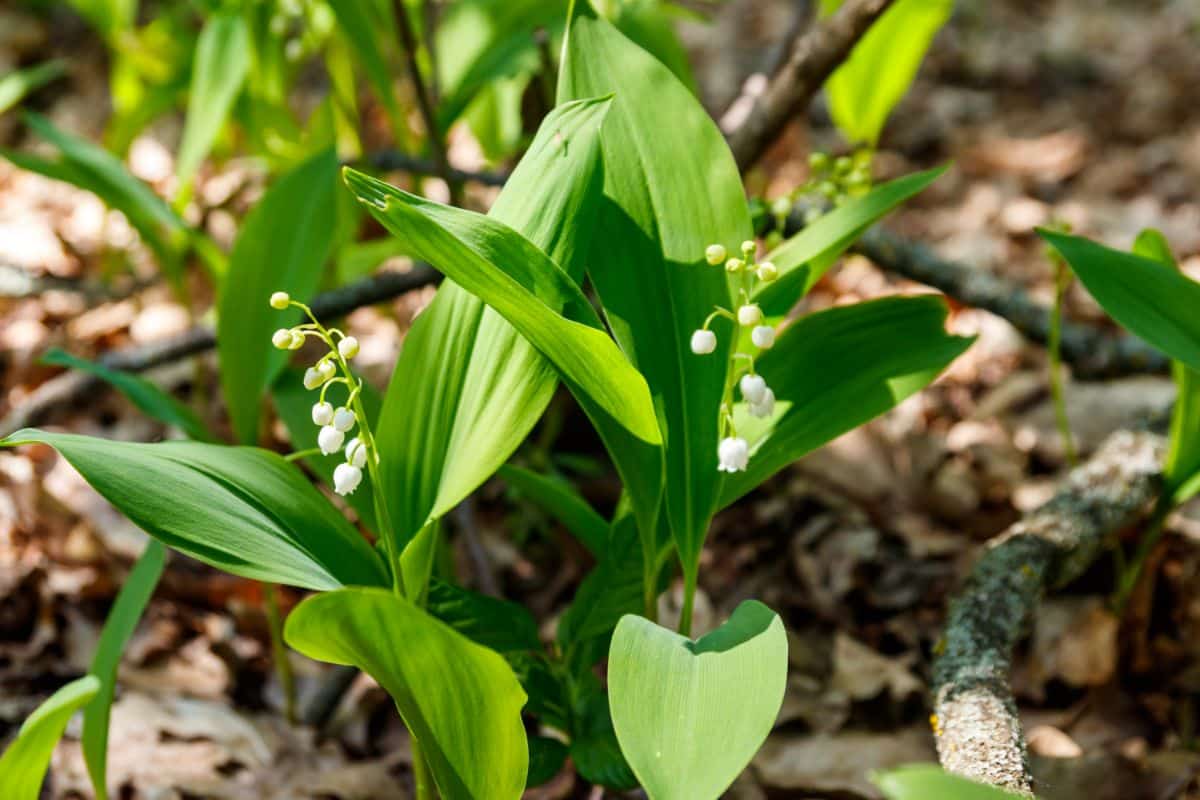
USDA Growing Zones: 5 - 9
As the name implies, the leaves of this plant can be likened to a Lily, but interestingly, they are not lilies.
Nonetheless, the bell-shaped, delicate-looking flowers they produce in spring and orange-red berries in fall have attracted this plant to many gardeners.
Lily of the Valley belongs to the Asparagus family tree. They are commonly used as ground covers because of their ability to spread and form dense colonies.
Every part of this fascinating plant has been proven to be toxic to not just deer but every animal and human.
They are available in color white. They love being grown in well-drained soils, and they prefer partial sun/shade exposure.
7. Sunflower ‘Helianthus annual’
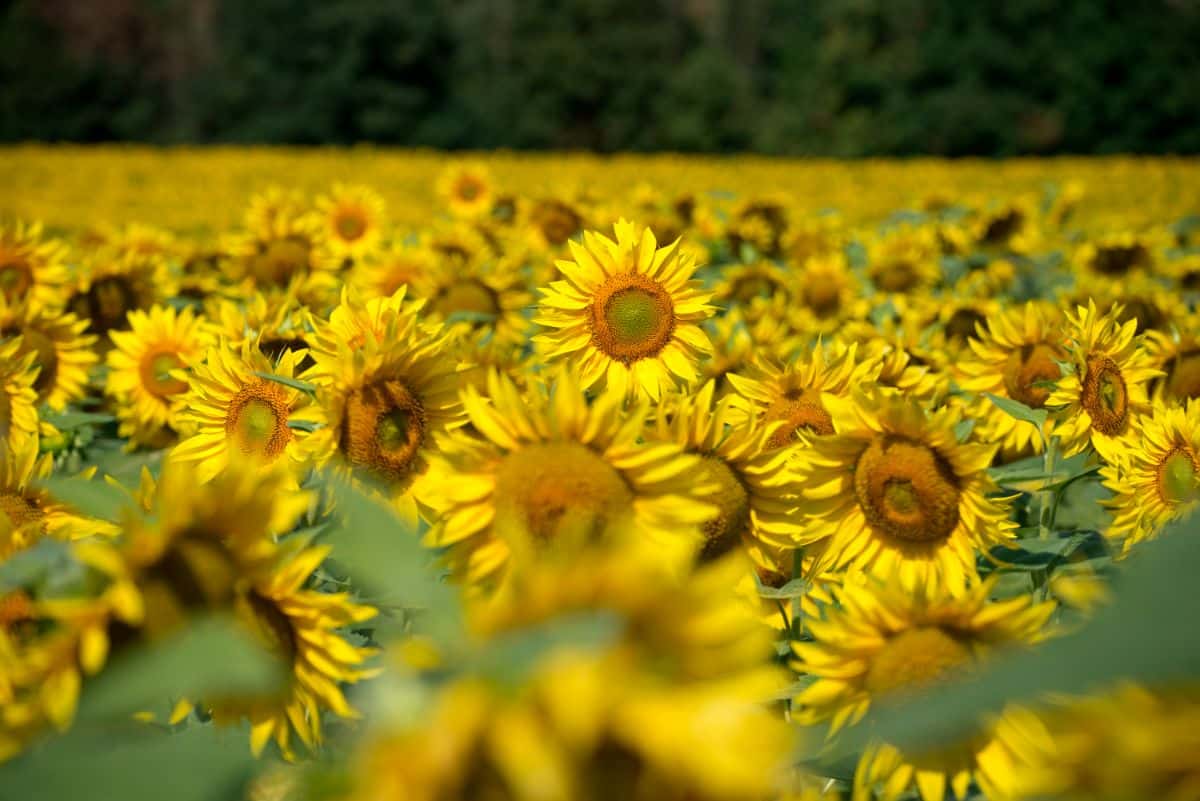
USDA Growing Zones: 2 - 11
Sunflowers have leaves with very rough textures that deer find very distasteful. These annual flowers, with gigantic six inches flowers that have got short yellow borders, belong to the Aster family.
They are expected to bloom mid-summer, and that lasts till early fall. You will find them in color varieties like mahogany, red, yellow, and bicolor.
A well-drained soil and total sun exposure will see it appropriately established.
8. Zinnia ‘Zinnia elegans’
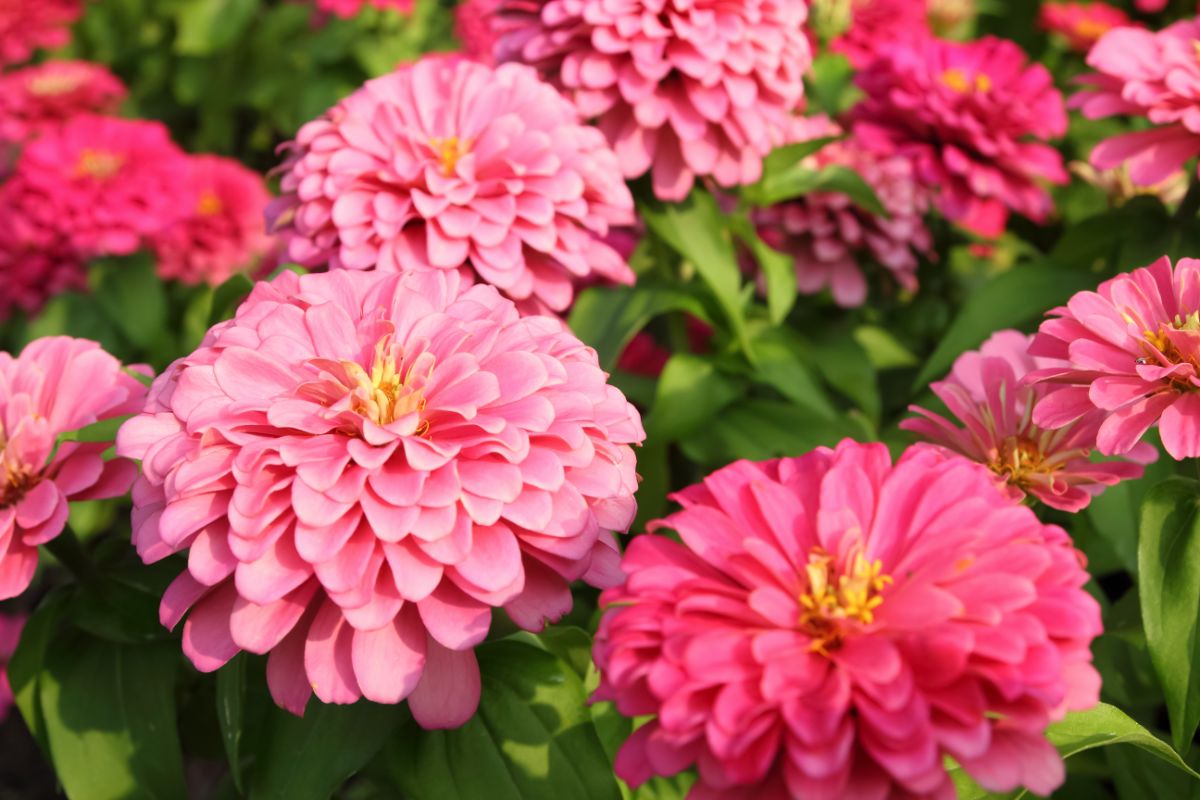
USDA Growing Zones: 2 - 9
Zinnias have very sharp, attractive colors, but deer would rather stay away from its rough leaves.
Other beneficial features of this annual plant are that they are low-maintenance, do not need to be deadheaded, and generally require minimal care.
They can be found in colors white, lavender, and purple.
They love well-drained soil and prefer total sun exposure.
Zinnias are bound to bloom all summer and sustain their bloom till fall.
Even though they do not need to be deadheaded, a trick to having an even more prolonged color is to cut off flowers.
9. Rose of Sharon ‘Hibiscus syriacus’
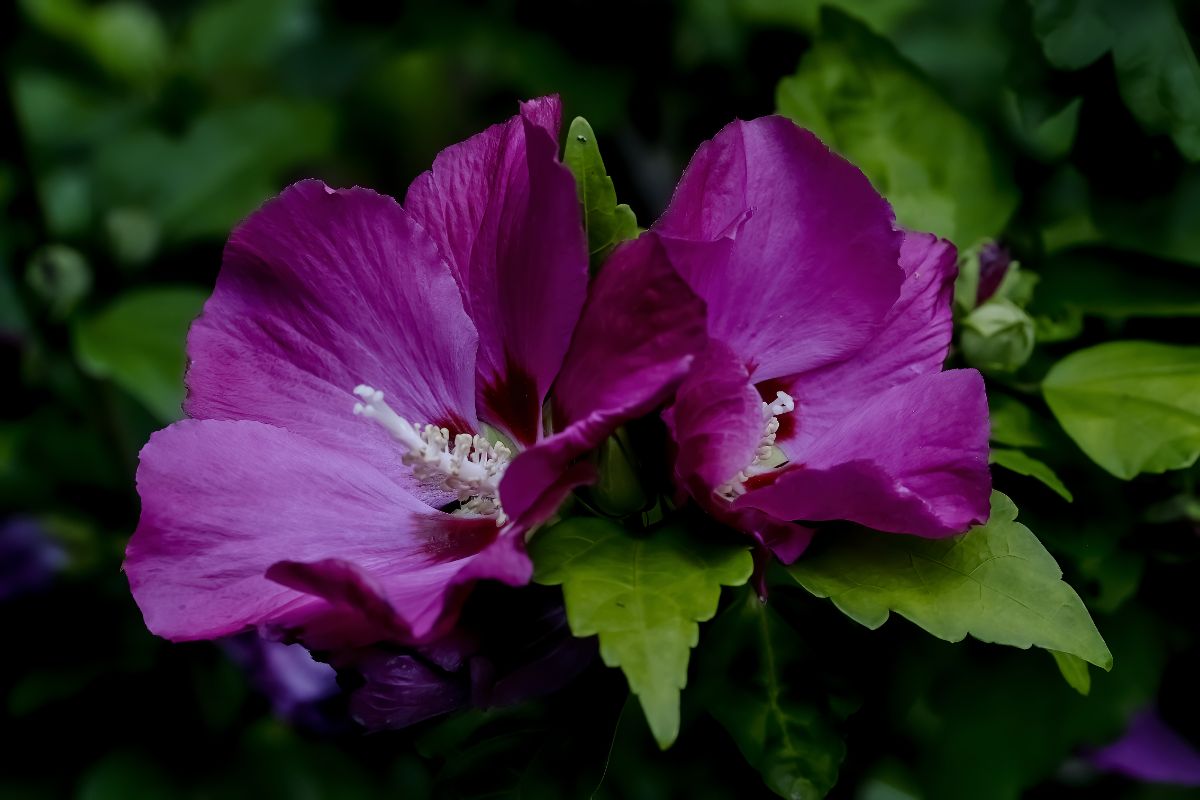
USDA Growing Zones: 5 - 8
The Hibiscus syriacus is a specie that is quite tough and resilient. This deciduous plant thrives in most unpleasant conditions bordering, including soil, drought, humidity, heat, etc.
Furthermore, they are also highly repelling to deer. This trait earned them a mention by the Rutgers University School of Environmental & Biological Sciences as a “plant rarely damaged by deer.”
Hibiscus syriacus offers great visual qualities too; their five petals are pretty showy, and they provide multicolored blooms in summer and fall, showcasing a visible stamen and dark-colored center.
They are available in colors like pink, white, purple, etc. If established in well-drained but moist soil and left to enjoy full/partial soil, they can grow up to 2ft yearly.
10. Snapdragon ‘Antirrhinum’
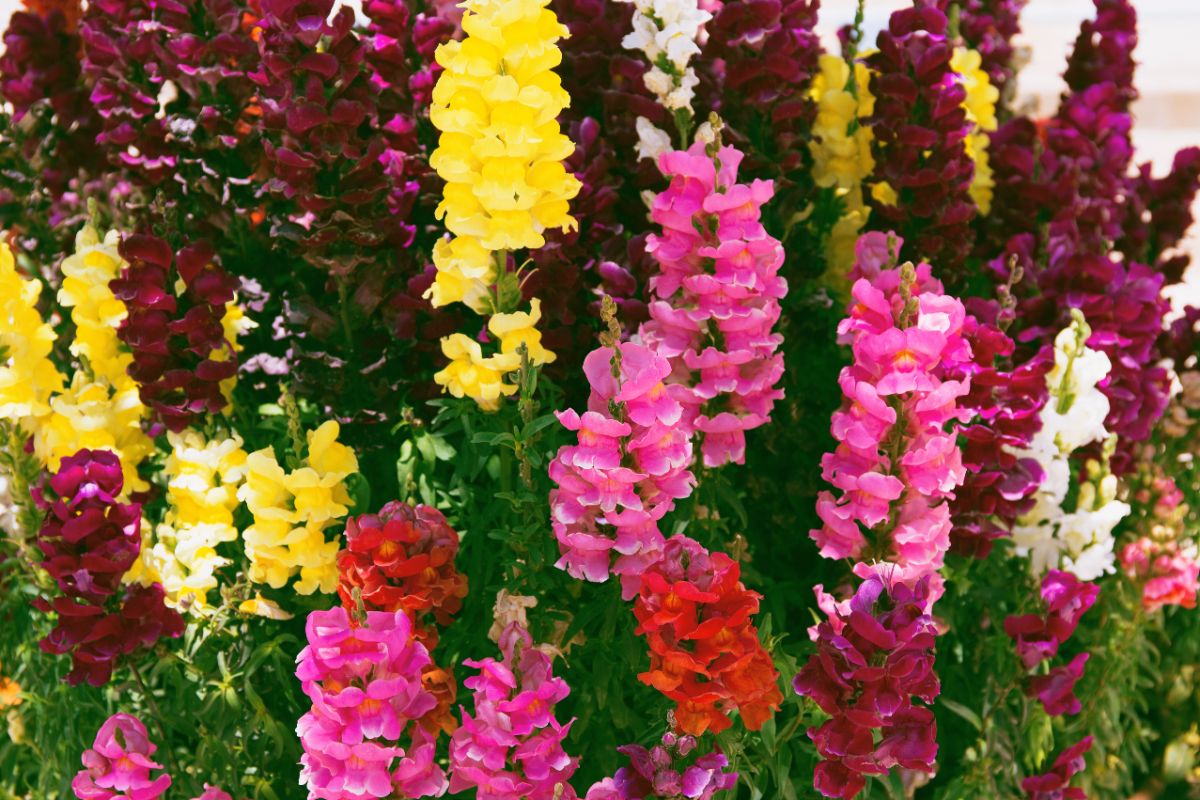
USDA Growing Zones: 7 - 11
Snapdragons are commonly grown as annual plants as they tend to be short-lived perennials.
They are also one of the plants mentioned by Rutgers University as “least likely to be damaged by deer.”
We are particularly in love with the bloom of this plant that showcases deeply saturated colors in various hues.
The snapdragon, a name derived from their dragon head-looking flowers, can be found in diverse colors like yellow, peach, red, white, etc.
They love moist but well-drained soil and full/partial sun exposure. Their sizes do vary from one specie to another.
11. Bearded Iris ‘Iris germanica’
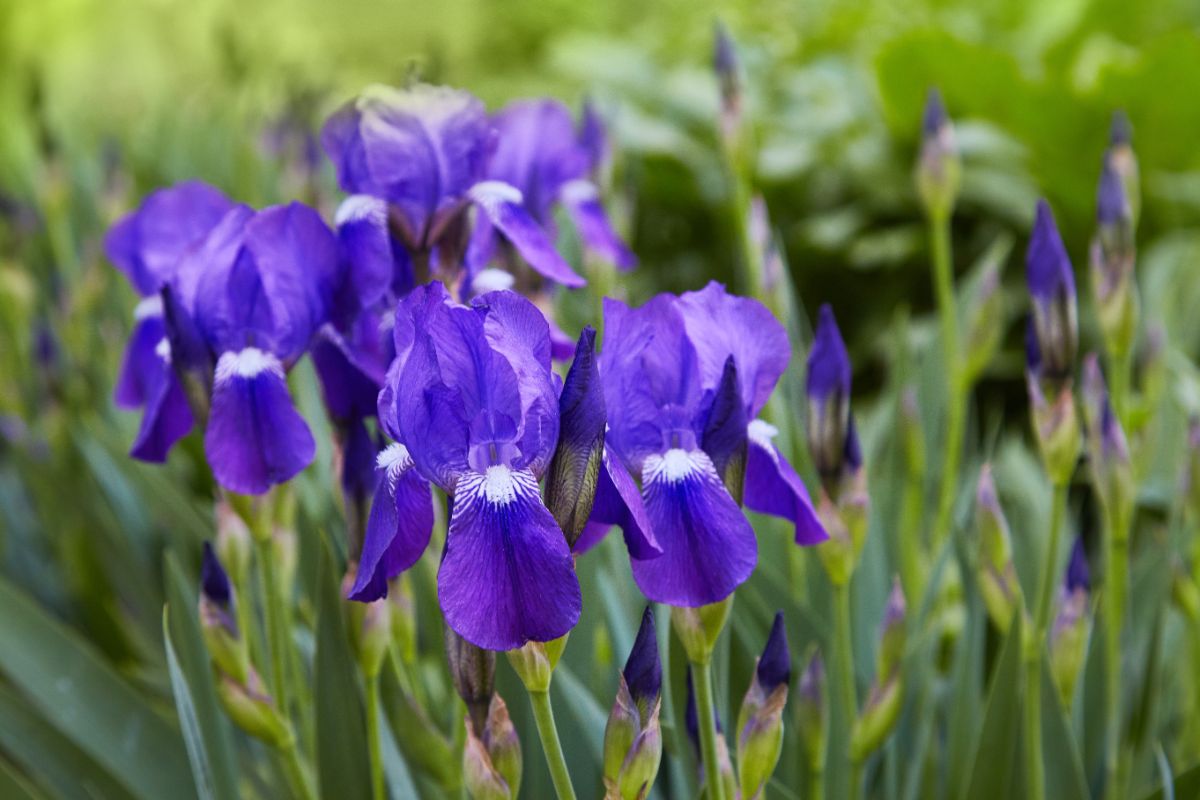
USDA Growing Zones: 3 - 9
This plant has striking sword-like leaves that spot a total of six spreading lobes.
Deer cannot stand its scent and, as such, does not come close. The plants are toxic to other animals, too, like cats and dogs.
Bearded Iris is available in various colors like brown, orange, purple, and so on. They like well-drained soil and total sun exposure.
The Iris germanica, a well-known and quick-growing cultivar, will naturally flower from its first year.
12. Peonies ‘Paeonia officinalis’

USDA Growing Zones: 3 - 9
Peonies keep deer off their good growth with their strong scent.
These perennials have beautiful fluffy flowers in white, rose, deep purple, red, etc. They like well-drained soil and prefer total sun exposure.
Peonies are not just deer-resistant. They are toxic also to all animals and humans too.
13. Marigold ‘Tagetes spp.’

USDA Growing Zones: 2 - 11
Deer detests the fragrance that oozes out of this plant and, respectfully, keeps away from them despite their beautiful looks.
These annual plants, with rich colors of gold and yellow with beautiful feathery foliage, grow pretty fast and bloom in just a couple of months after being planted.
Grow in a well-drained but moist soil and leave to enjoy total sun exposure.
14. Shasta Daisy ‘Leucanthemum x superbum’
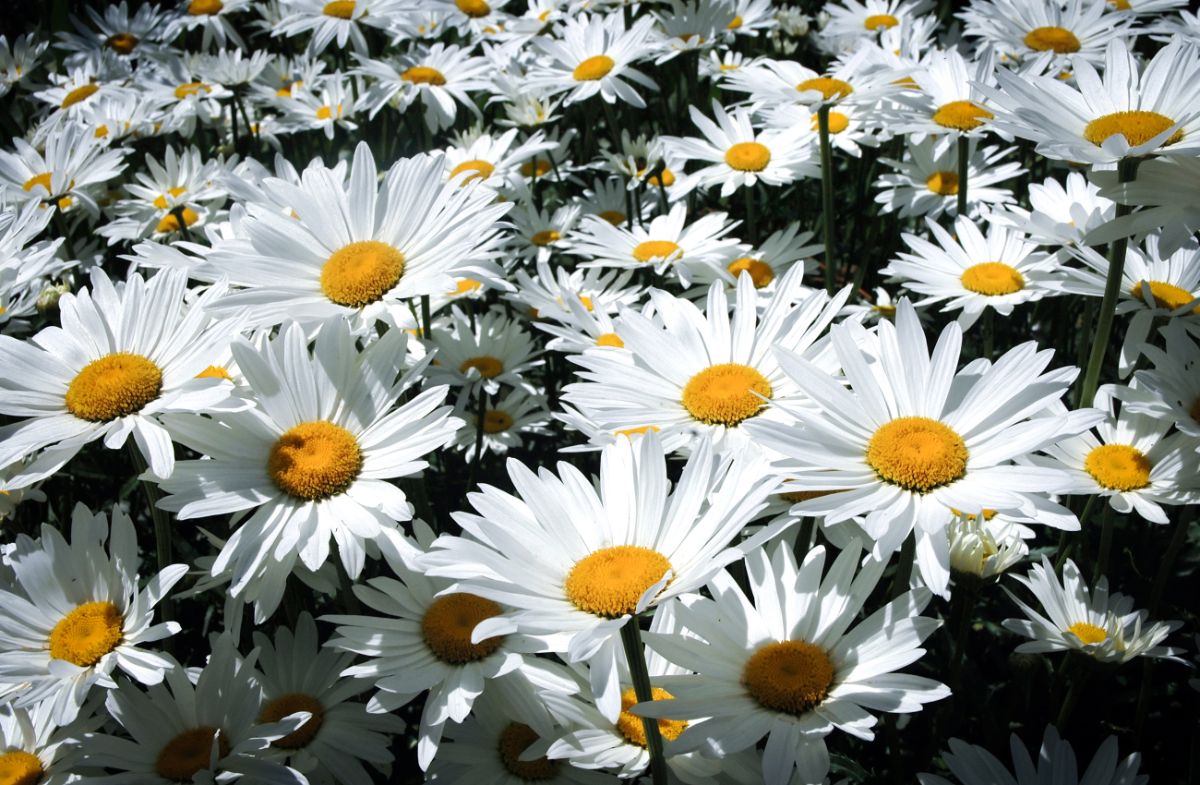
USDA Growing Zones: 5 - 9
This plant is ideal as it attracts only beneficial pollinators like bees and birds but repels deer.
Have them firmly established in rich, moist, and well-drained loamy soil and feed with complete/partial sunlight to be tough enough to handle drought and stay resistant to pests and diseases. You also get them to spread this way vigorously too.
Enjoy the radiance this plant with bright white flowers and yellow centers offers without having to look over your back for a possible deer invasion.
15. Coneflower ‘Enchinacea purpurea’
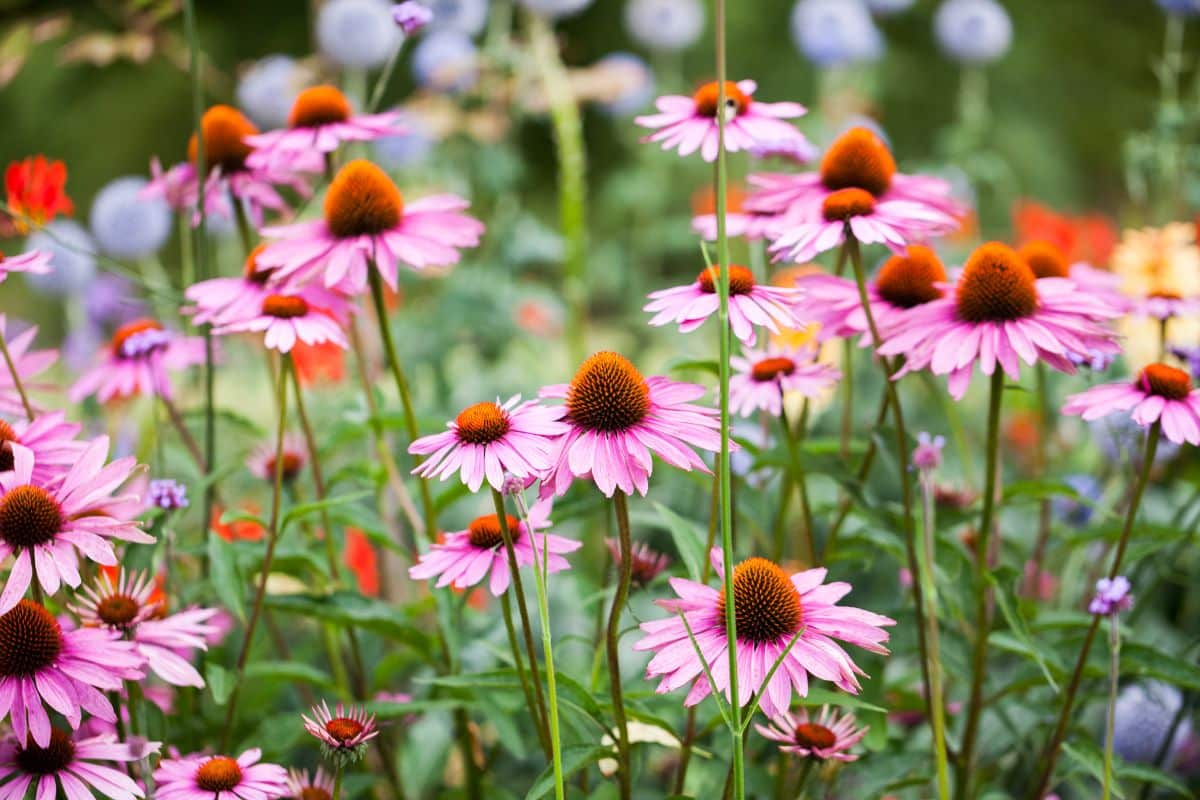
USDA Growing Zones: 3 - 9
Like the Shasta Daisy, coneflowers attract helpful pollinators and keep deer away. They make a fantastic choice for perennial gardens as they bloom way longer than most perennial plants.
Another critical attribute of this plant is that it self-seeds in a coordinated fashion and is quite tolerant of drought and heat.
Find them in various colors like yellow, purple, lavender, white, etc.
For best results, grow in well-drained, nutrient-dense soil and allow to enjoy full to part sun.
16. Corydalis

USDA Growing Zones: 5 - 7
We present the long-blooming Corydalis plant. It has got unusual foliage with beautiful glow or blue blooms.
They are better off in a cool environment as they enjoy partial to full shade. The soil used should be a humus-rich, well-drained, moist one.
17. Daffodil ‘Narcissus’

USDA Growing Zones: 3 - 8
With very milky saps, it is such a wonder why deer or rabbits, and squirrels are not tempted to nibble on it.
Do you want to keep deer at bay? Daffodils are just the right plants for you.
They are available in colors like orange, white, yellow, etc. Plant in moist but well-drained soil and enjoy full sun to partial shade.
18. Lavender ‘Lavandula’
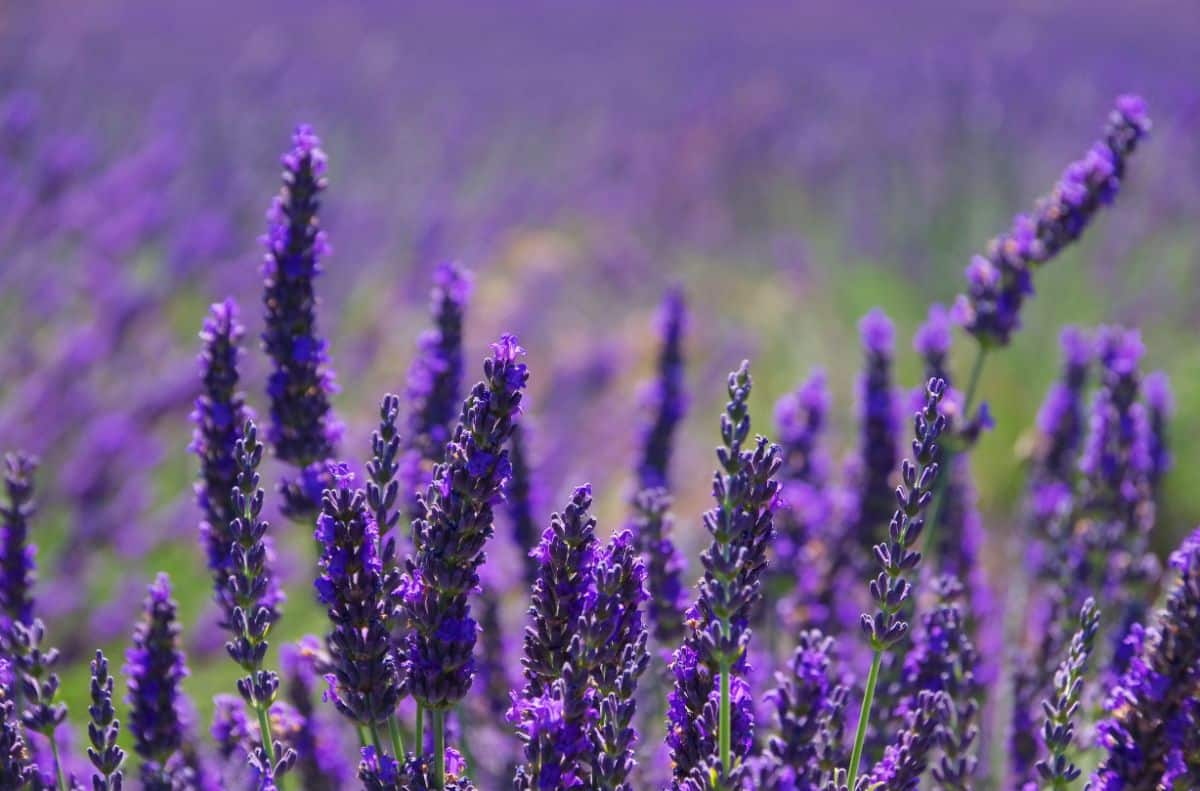
USDA Growing Zones: 5 - 9
The lavender foliage and bloom have a scent that is extremely pleasant to humans but despised by deer.
These short-lived perennials grow best in warm climates and struggle to thrive under cold ones.
They are available in purple, rose, blue, white, etc.
Grow in well-drained sandy soil and a place to enjoy full sun.
19. Poppy ‘Papaver rhoeas L.’
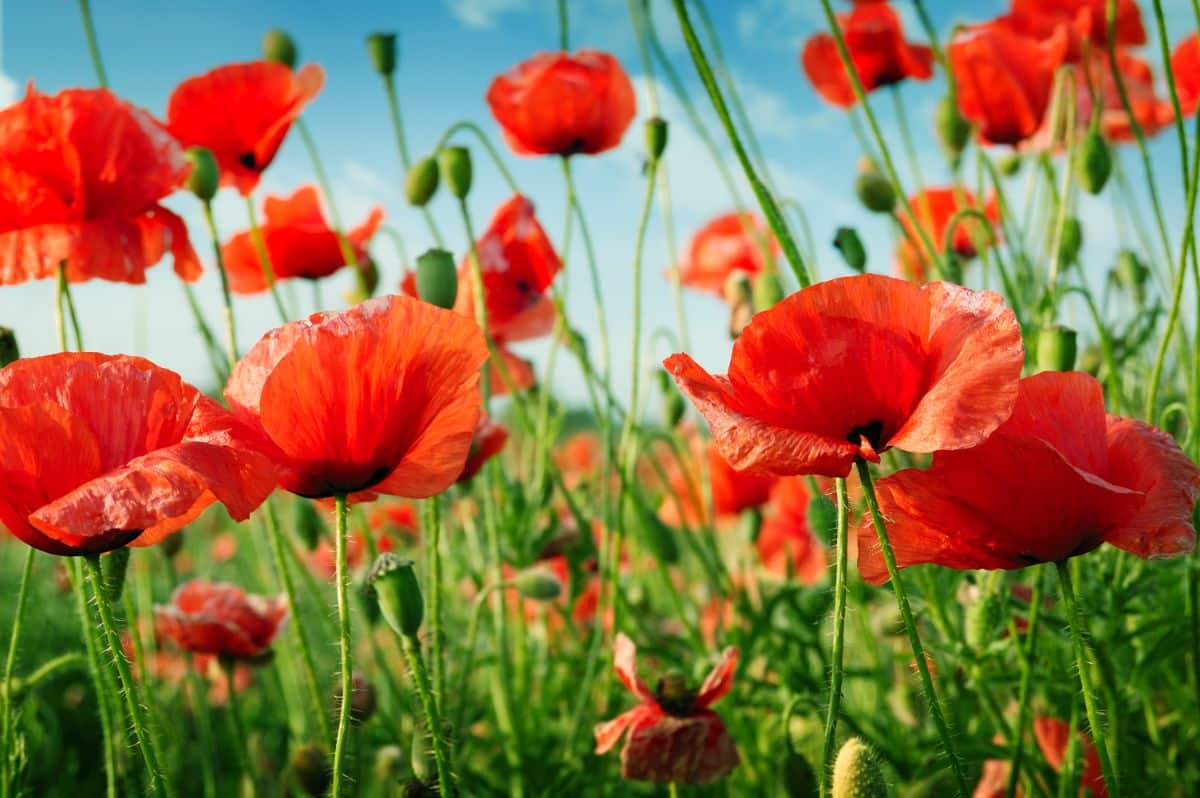
USDA Growing Zones: 3 - 9
Poppies are one of the plants with a misconception that presents them as complex to handle, mainly when grown in flower beds.
However, they are easy-care plants that would bloom for close to two weeks straight.
Poppies are toxic, the exact trait that keeps deer at bay.
You will find them in the colors pink, white, orange, etc. They like medium, well-drained soil and appreciate total sun exposure.
20. Winter Aconite ‘Eranthus hyemalis’
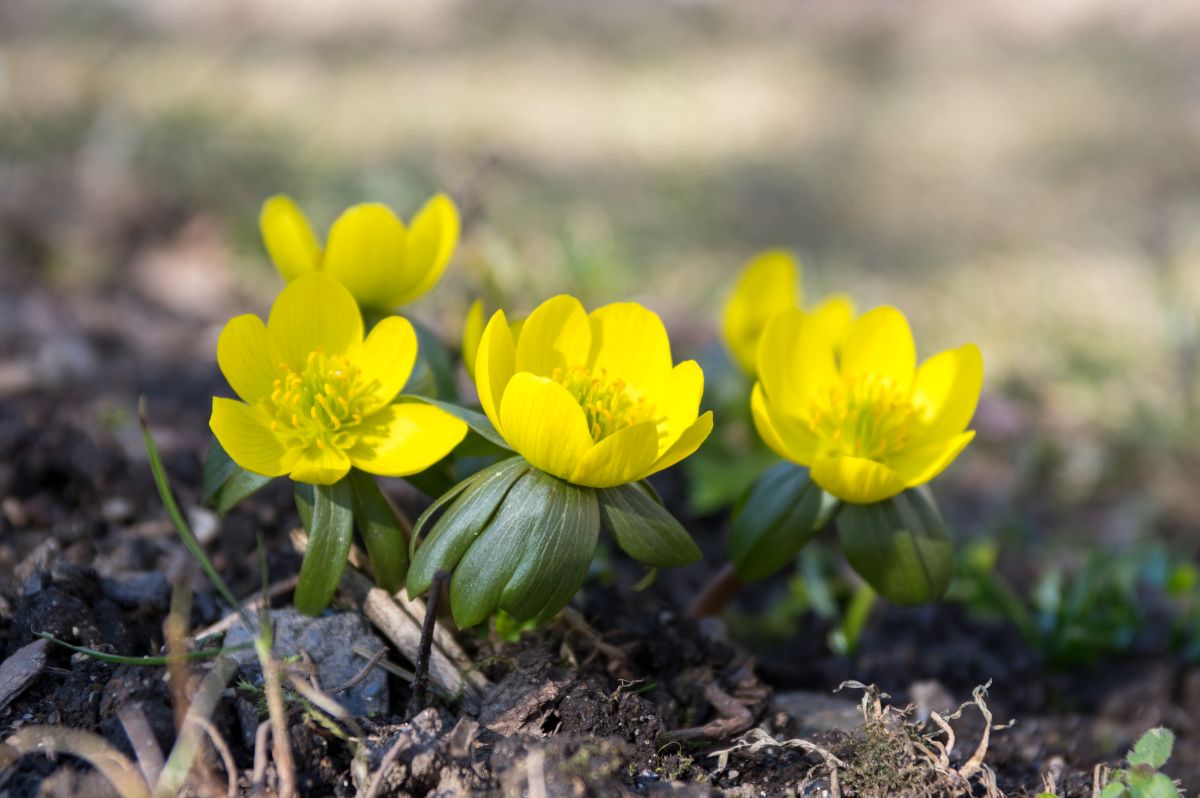
USDA Growing Zones: 3 - 7
The Winter Aconite plant can be left unattended in woodland areas and on paths. There is no fear of deer tempering with them as they are deer-resistant.
They are bright yellow and love medium moisture-rich and well-drained soil. Light requirements for this plant are the full sun in winter and in summer shade.
Quick Tip: Constant irrigation of this plant will see you enjoy a large-sized naturalized collection of blooms.
21. Butterfly Bush ‘Buddleia davidii’
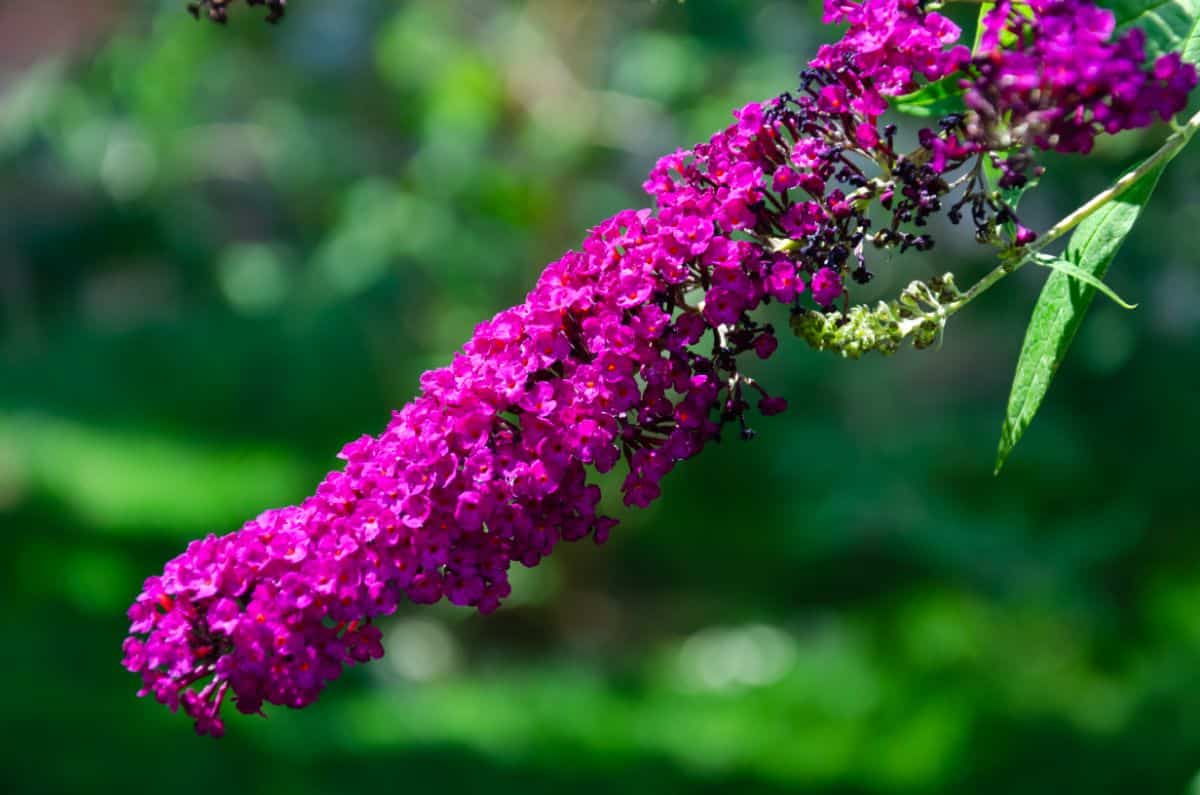
USDA Growing Zones: 5 - 9
Butterfly Bush has got some floral spikes that seem to ward off deer. This deciduous shrub presents you with floral clusters of diverse colors like pink, purple, blue, white, and so on.
The native Asian plant has an impressive height of about 12ft; they attract beneficial pollinators and self-seeds without hassles.
Plant them in moist but well-drained soil and allow them to enjoy total sun exposure.
22. Astilbe ‘Astilbe spp.’
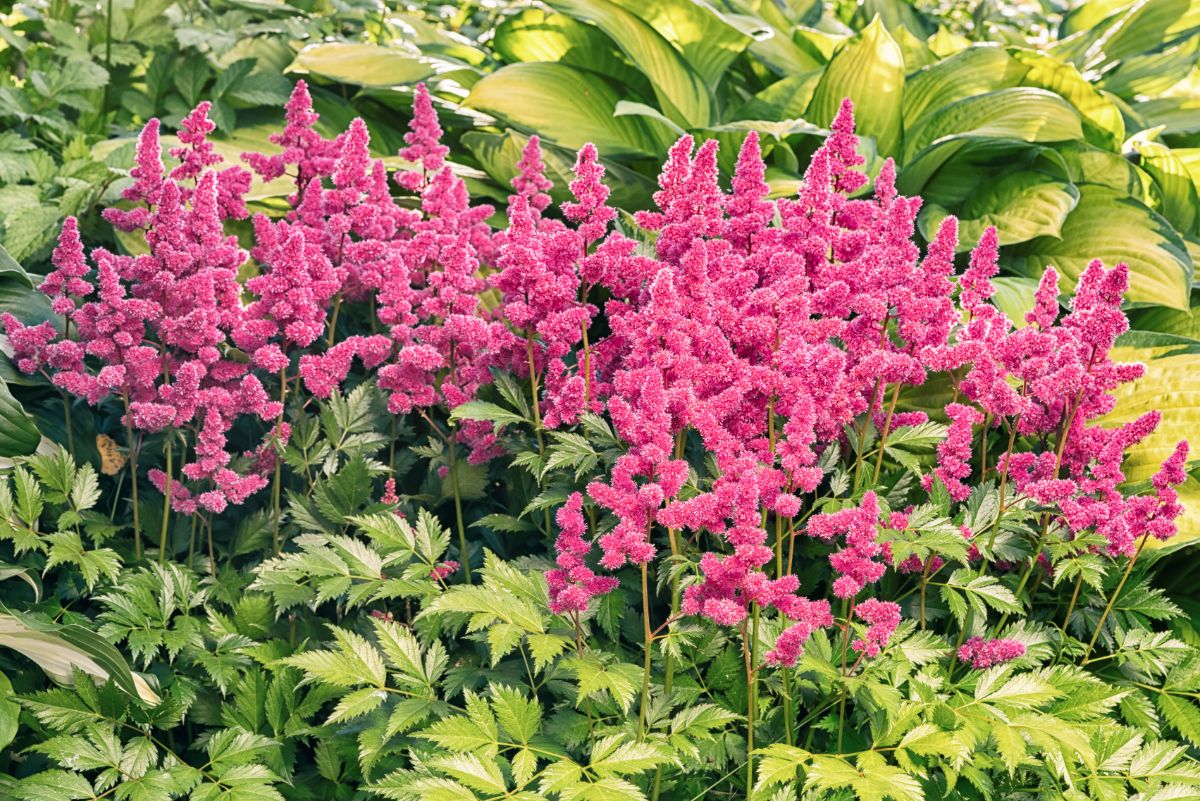
USDA Growing Zones: 3 - 8
Outstanding features of this plant are its 3ft tall, straight stems and a fern-like foliage that shines delicately in bright sun.
Astilbes' fascinating beauty attracts butterflies but repels deer and rabbits.
These perennials from the Saxifragaceae family are available in pink, red, white, etc. They love moist loamy soil and appreciate full/partial sun exposure.
Bloom time is usually around late spring.
23. Heliotrope ‘Heliotropium’
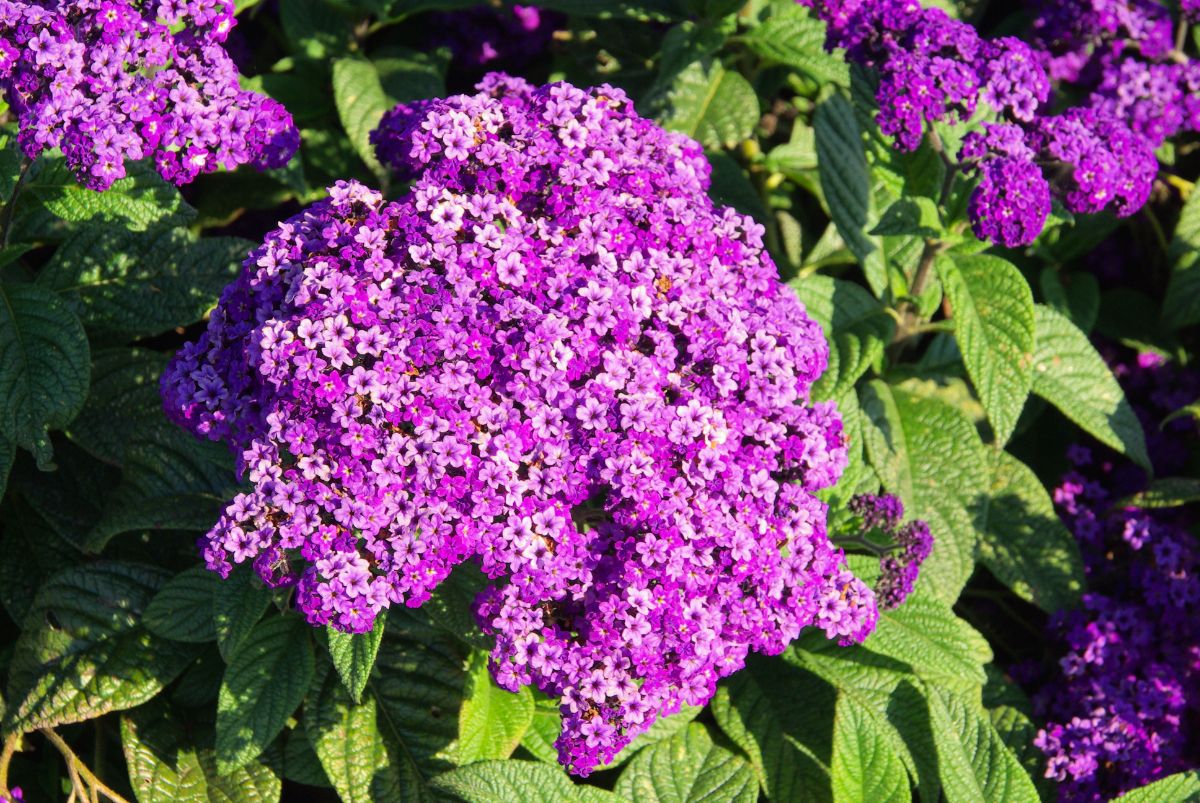
USDA Growing Zones: 9 - 11
Heliotropes use their scent and rough textures of leaves to chase off deer.
These sun-loving plants belong to the genus of flowering plants in the Boraginaceae clan. They cherish well-drained soil and prefer total sun exposure.
Heliotropes can be grown as perennials in warm climates or annuals in cool ones. You will find them available in white, purple, or lavender colors.
A quick tip to experiencing thick growth and excellent blooms with this plant is to deadhead.
24. Bee Balm ‘Monarda spp.’
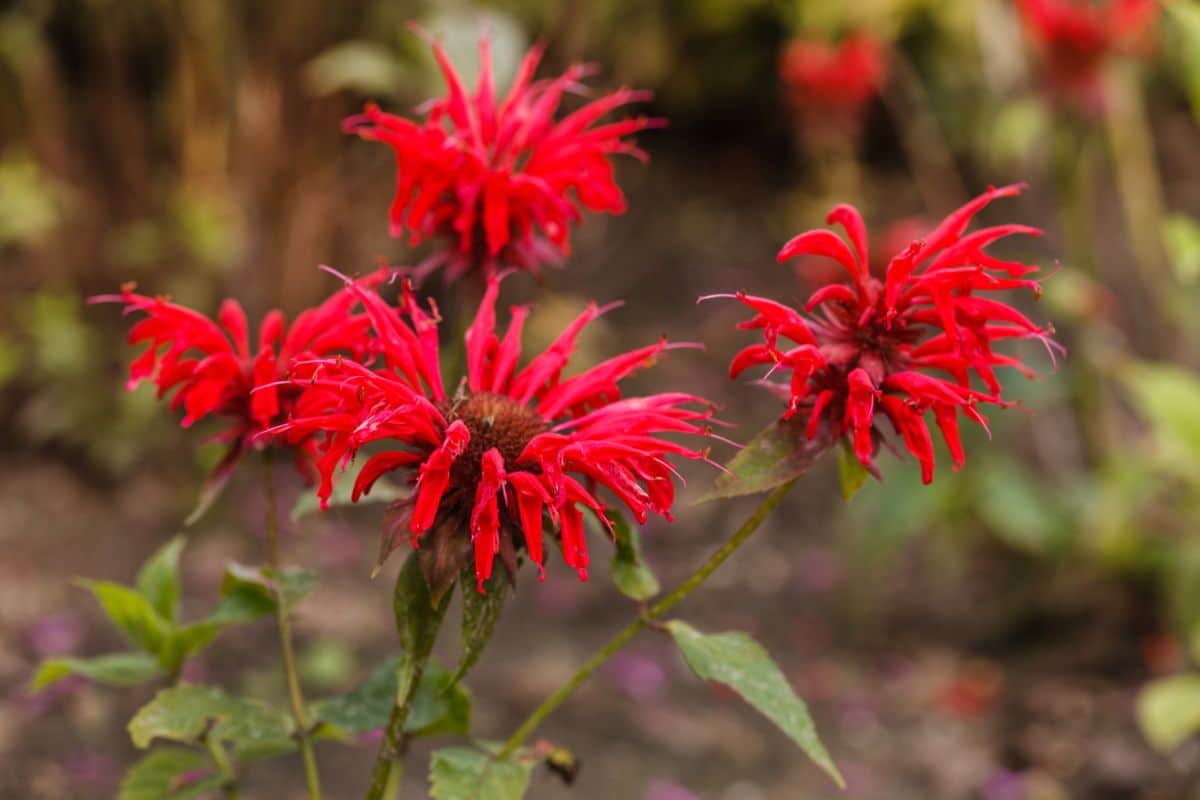
USDA Growing Zones: 3 - 9
Bee Balm is usually considered to be a weed plant that bears oval leaves underneath. This colorful wildflower plants belong to the mint family and are native to North America.
Their very hairy clusters attract bees and birds, but thanks to their scent, deer keep away from them.
You will find them in red, lavender, pink, etc. They thrive best in moist soil and prefer full/partial sun exposure.
Bee balms are aggressive spreaders due to underground rhizomes and when self-seeding.
25. Monkshood ‘Aconitus napellus’
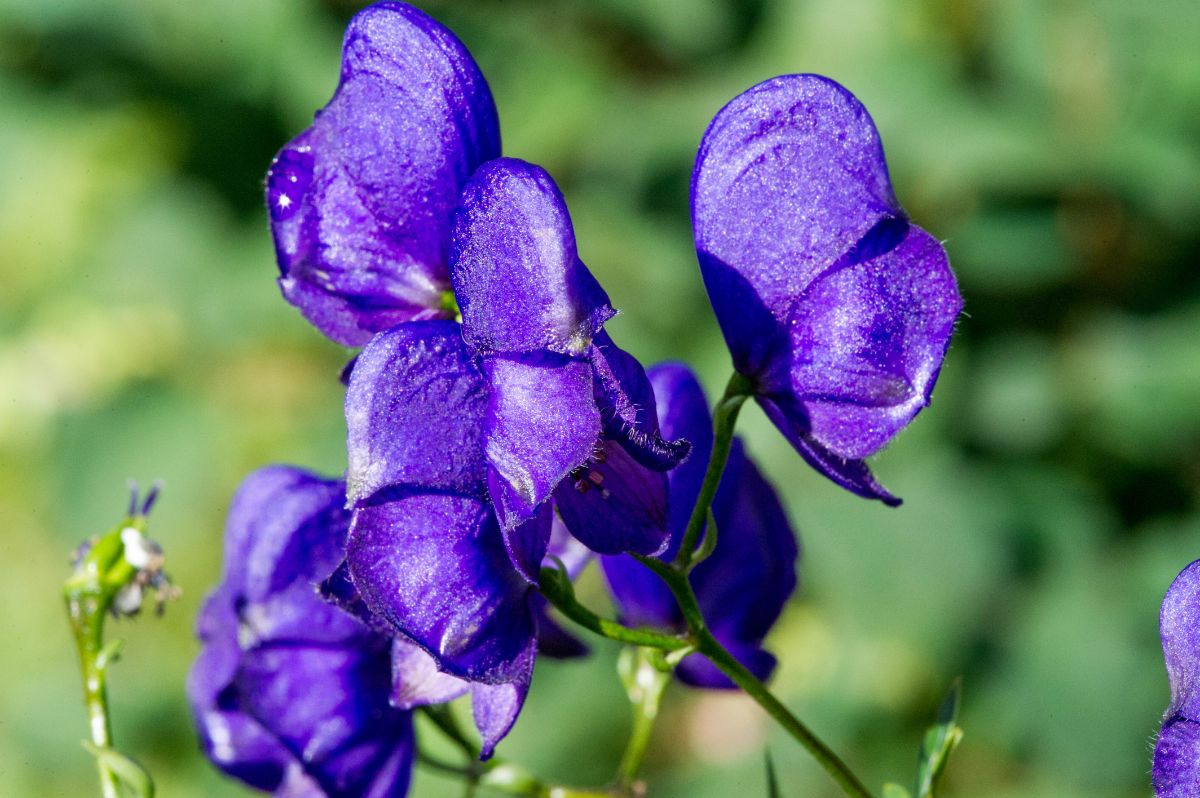
USDA Growing Zones: 3 - 8
Monkshood is toxic, which explains why deer keep away from it. They are tall herbaceous perennials native to both Asia and Europe.
They offer bright blue, pink, yellow, or white flowers on strong stems without branches. Plant in moist but well-drained soil and allow to enjoy full/partial sun exposure.
Monkshoods are slow growers and slow bloomers too. They will naturally bloom in late summer and fall.
Conclusion
The key to having a deer-proof garden is knowing what turns them off and going for the plants with those traits.
Deer hate plants with heavy scents and rough textures. The outline above will help you make the right choices to make your gardens unpalatable for deer.




